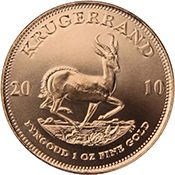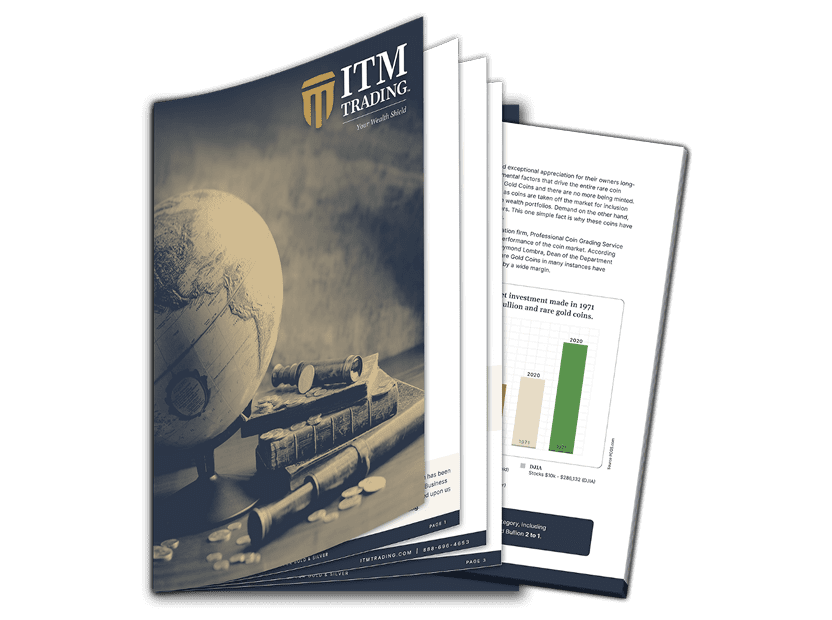South African Krugerrand

 The Krugerrand was first produced by the South African Mint in 1976, when South Africa was still part of the British empire, and the coin was the first governmental gold bullion coin to be valued on its gold content (one troy ounce of gold) rather than its face value. This was done as a means of making South African gold available to the world market in general and private investors in particular.
The Krugerrand was first produced by the South African Mint in 1976, when South Africa was still part of the British empire, and the coin was the first governmental gold bullion coin to be valued on its gold content (one troy ounce of gold) rather than its face value. This was done as a means of making South African gold available to the world market in general and private investors in particular.
The success of the Krugerrand was so universal that in the early 1980’s they enjoyed a near 90% market share of the gold bullion coin industry. While the United States banned the private ownership of gold bullion with Franklin D. Roosevelt’s 1933 Executive order, the order did allow for everyday citizens of the United States to own foreign coins. The Krugerrand fell into this “foreign coin “category because it was issued as legal tender.
Importation of the Krugerrand was illegal in many Western countries owing to South Africa’s apartheid policies. A ban on importing of South African goods and other sanctions resulted in isolating the country for more than ten years until the 1990s when political reforms ended apartheid.
The popularity of the gold Krugerrand inevitably inspired other countries to mint their own gold bullion coins such as the Canadian Maple Leaf in 1979, the United States Golden Eagle in 1986, and the Austrian Philharmonic in 1989.
Because Krugerrand gold coins were issued as legal tender its composition was designed for more durability. Since copper alloy gold coins are more resistant to wear than 24 karat gold coins, the Krugerrand is .9170 pure, or 91.7% gold, with the remaining 8.3% being copper. The color of the coin is closer to a subtle orange hue than gold coins combined with silver. Each 1 oz coin weighs 33.93 grams (31.1 grams pure gold and 2.83 grams copper).
The name of the coin is a union of the last name of the famous Boer resistance fighter and first president of the South African Republic, Paul Kruger, and the name of the South African currency, the rand. The coin displays the image of Paul Kruger, designed by artist Otto Schultz, on the obverse (front) of the coin and a springbok, a prominent national symbol of the South African Republic, designed by Coert Steynberg, on the reverse (back). The words “South Africa” and “fine gold” are displayed in both English and Afrikaans on the reverse side.
Today Krugerrands are not only sold in 1 ounce units but are sold in fractional units as well. Since 1980 Krugerrands have been minted in ½ ounce, ¼ ounce and 1/10 ounce increments.














